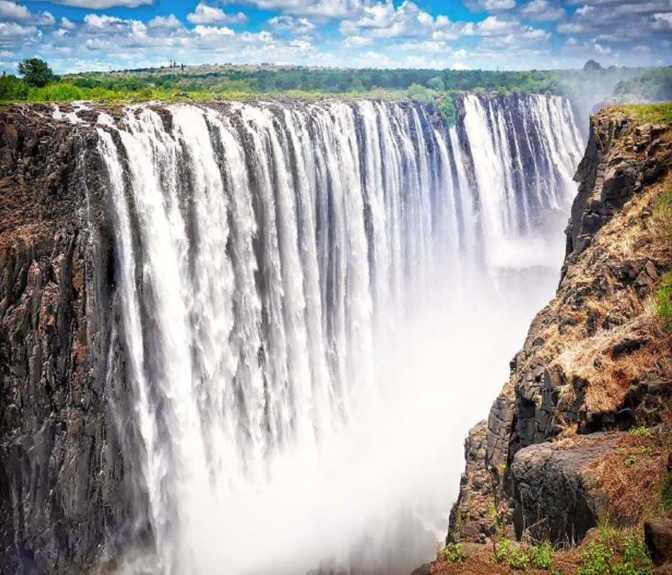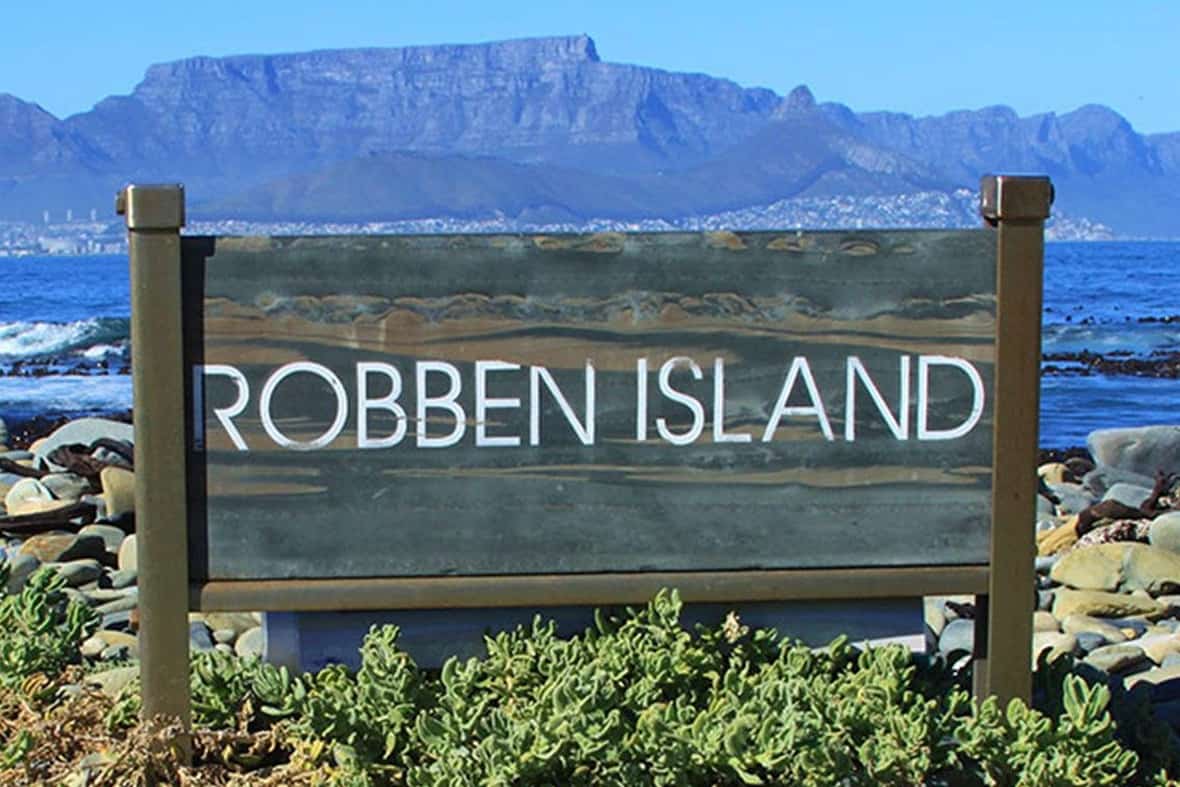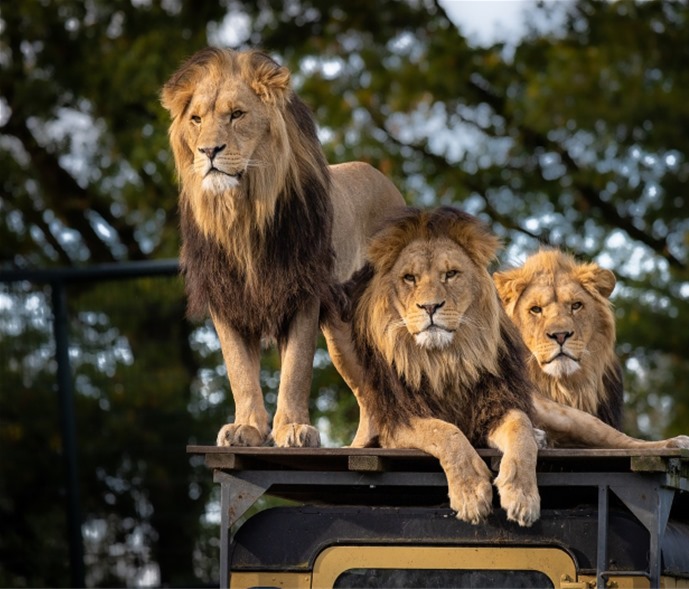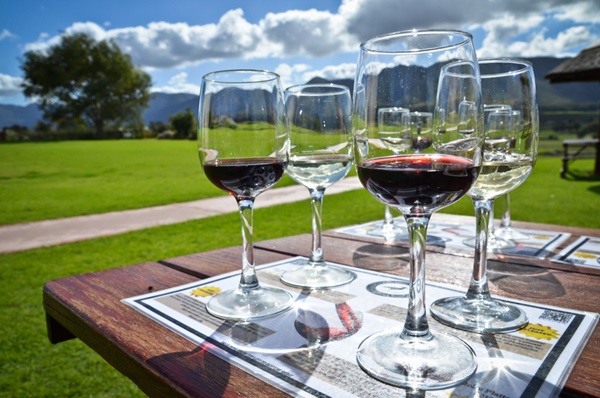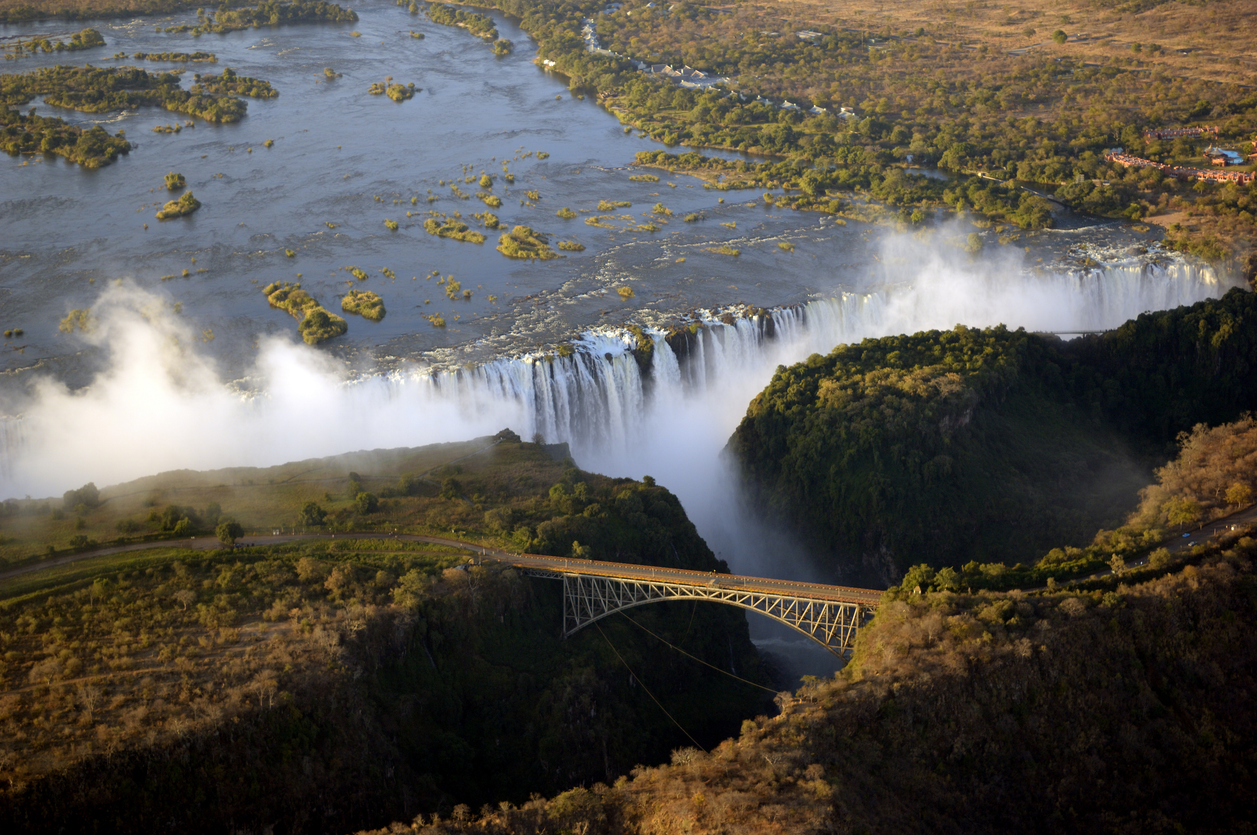
Victoria Falls - The Storm That Thunders
Victoria Falls, known locally as Mosi-oa-Tunya ("The Smoke That Thunders"), has been a sacred site for the Tonga people for centuries. The falls were first introduced to the Western world in 1855 when Scottish explorer David Livingstone became the first European to see them. He named them after Queen Victoria, but the indigenous people had long revered the site as a place of spiritual significance.
-
Experience the power and beauty of Victoria Falls
-
Relax on a Zambezi River sunset cruise.
-
Immerse yourself in local Zimbabwean culture with a village tour.
-
Discover the incredible biodiversity of Hwange National Park during expertly guided safaris.
-
Spot the Big Five and other wildlife in their natural habitat.
Driving the Garden Route feels like a journey through paradise, where every turn reveals a new wonder.
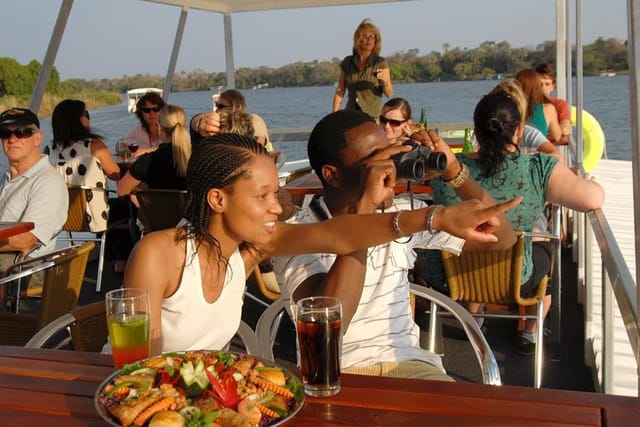
Over the years, Victoria Falls has developed into a major tourism hub, offering visitors not only stunning views of the Zambezi River plunging 108 meters but also thrilling activities like white-water rafting, bungee jumping, and helicopter flights.
It is now a UNESCO World Heritage Site and one of the Seven Natural Wonders of the World.
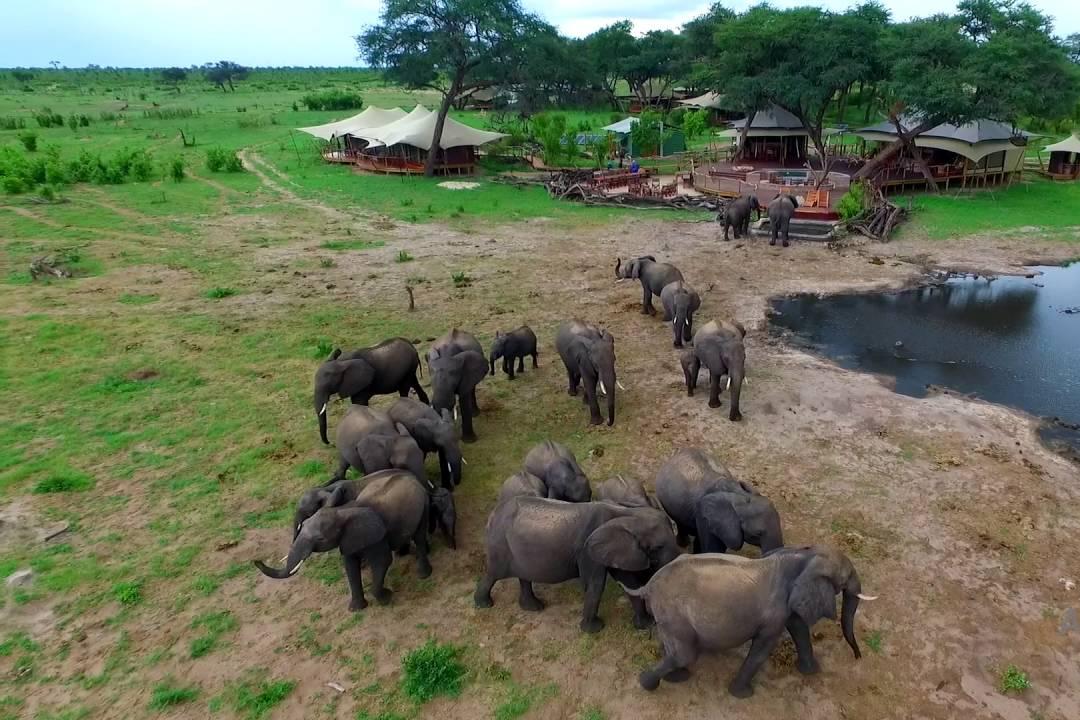
Hwange National Park, Zimbabwe’s largest national park, was originally royal hunting grounds for the Ndebele King Mzilikazi in the early 19th century. In 1928, the area was designated as a national park to protect its vast wildlife populations.
Hwange is home to one of Africa’s largest elephant populations, along with lions, leopards, buffalo, and over 100 mammal species. Its diverse landscapes, from grasslands to woodlands, make it a premier safari destination. The park has a rich conservation history and remains a key location for wildlife research and protection efforts in Africa.

